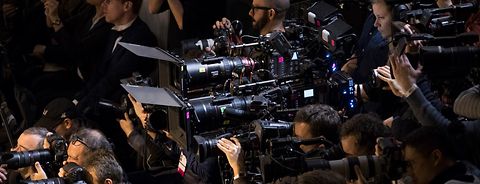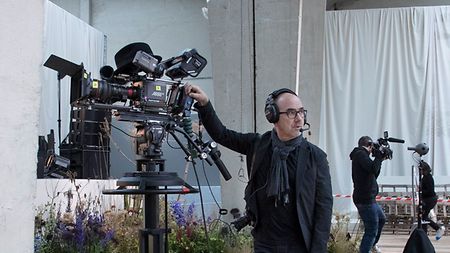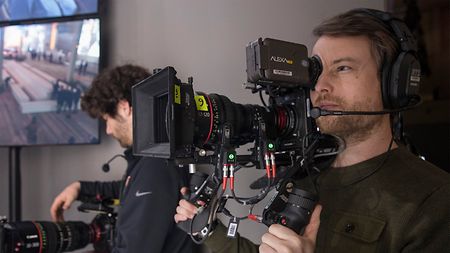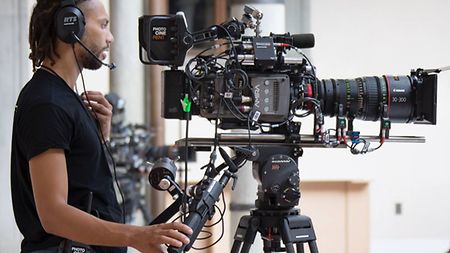How did you get to work on the fashion shows?
Customers used to come to just rent our cameras to shoot their shows. But their needs and expectations have evolved towards a more comprehensive service. They wanted cameras, but they also wanted the staff to install the equipment and manage the workflow during the show. We have adapted to this changing demand by offering them more and more services. This led us to create PhotoCineLive in 2015. Today we collaborate on 20 to 30 shows and concerts per year, both with ARRI and with other manufacturers’ equipment.

AMIRA Multicam rises to high fashion
The world’s top fashion design companies are demanding ever higher standards of coverage for their shows. The French company PhotoCineRent has become one of the leading specialists in multi-camera shooting, using ARRI AMIRA and ALEXA Minis. Its founder and director, Albrecht Gerlach, talked to us about the complexities of coordinating as many as 18 cameras to bring seamless coverage to high fashion.


